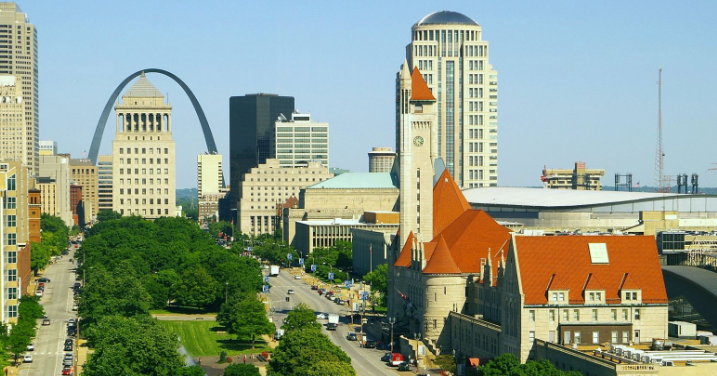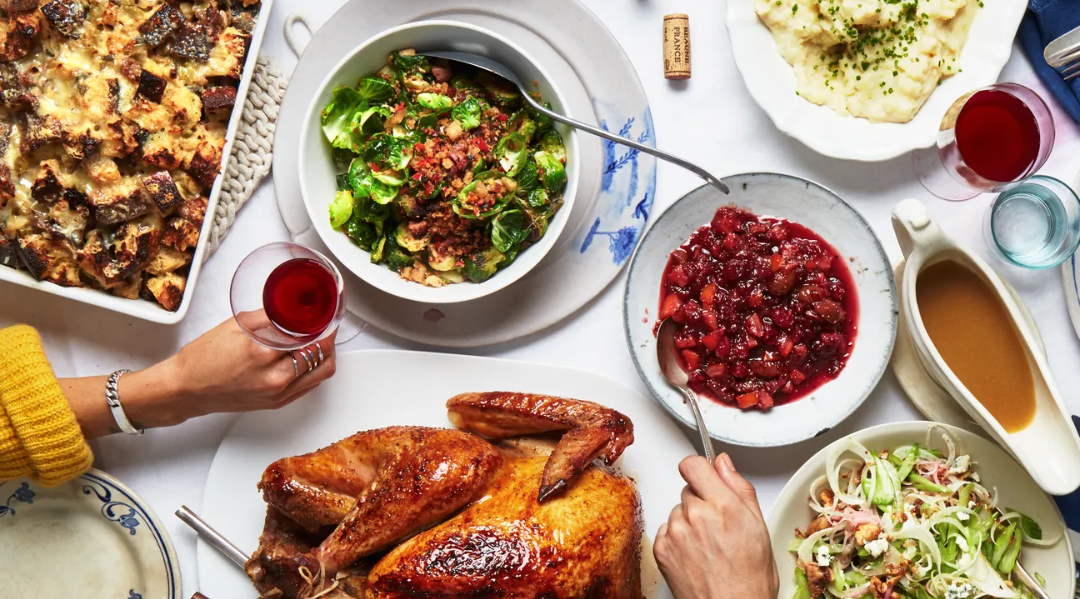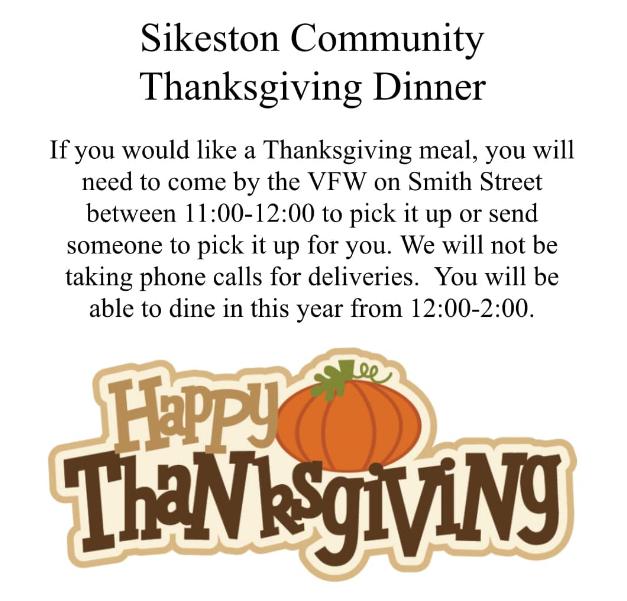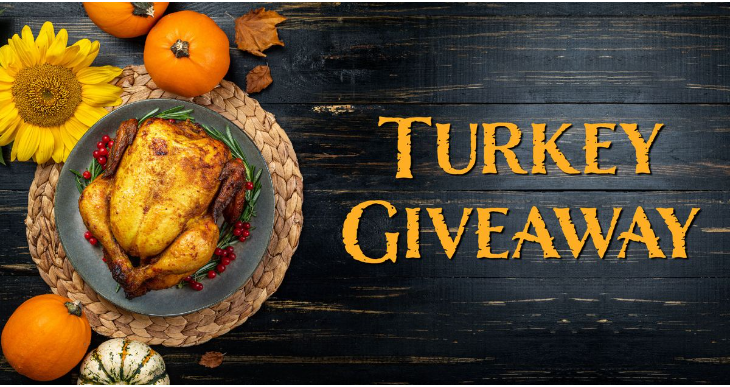Thanksgiving is a holiday steeped in tradition, history, and cultural significance. Its origins trace back to the early 17th century when English Pilgrims settled in Plymouth, Massachusetts, seeking religious freedom and a new life in the New World. The narrative surrounding Thanksgiving often emphasizes themes of gratitude, community, and shared meals, but it also encompasses complex interactions between settlers and Native Americans that shaped its legacy.
As families gather to celebrate this cherished holiday each year, it is essential to reflect on both its joyous aspects and the historical context that informs its observance. The first Thanksgiving is commonly associated with a three-day harvest feast in November 1621 between the Pilgrims and the Wampanoag people. This event is often romanticized as a harmonious gathering but is rooted in survival and cooperation amid challenging circumstances.
The Pilgrims had faced a brutal winter and relied on the assistance of Native Americans like Squanto, who played a crucial role in teaching them agricultural practices suited to their new environment. This initial celebration marked a significant moment of alliance but also foreshadowed future conflicts that would arise as colonial expansion encroached upon Native lands.
Thanksgiving became a national holiday and intertwined with American identity and culture. The official establishment of Thanksgiving as a national holiday did not occur until the 19th century, influenced by advocates like Sarah Josepha Hale, who campaigned tirelessly for its recognition. In 1863, President Abraham Lincoln proclaimed Thanksgiving a national holiday, aiming to foster unity during the Civil War. This proclamation solidified Thanksgiving’s place in American society as a time for reflection, gratitude, and familial bonds.
Thanksgiving at Plymouth
The story of Thanksgiving at Plymouth is often narrated through the lens of the Pilgrims’ journey aboard the Mayflower. In September 1620, these English settlers departed from Plymouth, England, seeking religious freedom and economic opportunities in the New World. After a grueling 66-day voyage across the Atlantic Ocean, they landed at Cape Cod instead of their intended destination in Virginia due to harsh weather conditions.
Upon arrival, the Pilgrims faced numerous challenges, including harsh winters and food shortages. Their survival depended heavily on their relationship with local Indigenous tribes, particularly the Wampanoag. The alliance formed between these two groups was pivotal; it represented mutual assistance and a complex interplay of cultural exchange. Squanto’s knowledge of English and local agriculture allowed him to teach the Pilgrims vital farming techniques to ensure their survival.
The first Thanksgiving feast in November 1621 was not merely a harvest celebration but an acknowledgment of interdependence between two distinct cultures facing an uncertain future. The gathering included various foods such as venison, fowl (likely wild turkey), corn, and shellfish—dishes that differ significantly from today’s traditional Thanksgiving meals dominated by turkey and cranberry sauce.
When Was the First Thanksgiving?
While many recognize the 1621 Plymouth feast as the “First Thanksgiving,” historical records suggest that earlier celebrations occurred elsewhere in America. For instance, English settlers at Berkeley Hundred in Virginia held a Thanksgiving service as early as December 4, 1619, prior to the Pilgrims’ arrival in Plymouth. This event involved religious observance rather than feasting as we know it today.
Moreover, Spanish explorers conducted thanksgiving services in Florida during the 16th century. These early observances emphasized gratitude for safe passage and successful harvests long before the Pilgrims established their traditions in New England. Thus, while Plymouth’s feast holds significant cultural weight in American history, it is essential to recognize these earlier instances reflecting similar gratitude themes.
Origins of Thanksgiving as a National Holiday
The transformation of Thanksgiving into an official national holiday began with grassroots advocacy in the early 19th century. Sarah Josepha Hale, an influential writer and editor, was pivotal in promoting Thanksgiving as an annual celebration across states. She believed such a holiday could foster unity among Americans amidst growing sectional divides.
In 1863, during one of America’s most tumultuous periods—the Civil War—President Lincoln declared Thanksgiving a national holiday to be observed on the final Thursday of November. His proclamation encouraged reflection on national blessings while promoting healing between divided factions within the country. This marked a significant shift from localized observances to a unified national celebration.
Over time, various customs associated with Thanksgiving emerged across different regions of the United States. As immigrants brought their traditions into American culture, elements like turkey dinners became staples of modern celebrations. The holiday evolved into an occasion for families to gather around tables laden with food—a practice that continues today.
Thanksgiving Food
Food plays an integral role in Thanksgiving celebrations across America. While historical accounts suggest that the first feast included venison and seafood rather than turkey alone, modern traditions have shifted toward specific dishes that define contemporary Thanksgiving.
Traditional Dishes:
- Turkey: Often considered the centerpiece of Thanksgiving meals today.
- Stuffing/Dressing: A savory mixture with bread cubes and herbs.
- Cranberry Sauce: A sweet-tart condiment served alongside turkey.
- Pumpkin Pie: A dessert made from pumpkin puree and spices baked in a pie crust.
These dishes reflect regional variations influenced by cultural heritage and local ingredients available during harvest season. Over time, families have developed unique recipes passed down through generations—each adding personal touches that contribute to the rich tapestry of American culinary tradition.
Macy’s Thanksgiving Day Parade
The Macy’s Thanksgiving Day Parade is synonymous with American culture during this holiday season. First held in 1924, this grand spectacle features elaborate floats, giant balloons depicting beloved characters, marching bands, and performances from various artists—all culminating in Santa Claus’s arrival.
Originally conceived as a way for Macy’s department store to promote its merchandise during the holiday shopping season, the parade quickly gained popularity among New Yorkers and eventually became broadcast nationwide. Today, it attracts millions of spectators both in person along its route through Manhattan and via television broadcasts across America.
The parade symbolizes not only festive cheer but also community spirit as families gather to witness this annual tradition together. It marks an unofficial kickoff to the Christmas season following Thanksgiving celebrations.
Thanksgiving Controversies
Despite its status as a cherished holiday for many Americans, Thanksgiving is not without controversy. The narrative surrounding its origins has been scrutinized for oversimplifying complex historical interactions between European settlers and Native Americans.
Critics argue that mainstream depictions often ignore or downplay the violence and oppression faced by Indigenous peoples following European colonization. Many Native Americans observe this day as one of mourning rather than celebration—highlighting historical injustices such as land dispossession and cultural erasure.
In recent years, movements advocating for racial justice have prompted discussions about redefining or rethinking how we celebrate Thanksgiving. Some suggest alternative names like “National Day of Mourning” or “Takesgiving” to acknowledge these painful histories while promoting awareness among broader audiences.
Thanksgiving’s Ancient Origins
Giving thanks has ancient roots predating European settlement in North America. Various cultures worldwide have celebrated harvest festivals throughout history—often involving communal feasting as expressions of gratitude for bountiful crops.
In many Indigenous cultures across North America—including those practiced by tribes long before European contact—Thanksgiving rituals were integral parts of seasonal cycles, reflecting deep connections between people and nature. These observances often involved ceremonies honoring spirits associated with agriculture while fostering community bonds through shared meals.
As settlers arrived from Europe, they brought their own traditions rooted in religious observances—such as days dedicated solely to fasting or feasting. The merging of these customs contributed significantly to shaping modern-day celebrations like Thanksgiving.
In conclusion, while Thanksgiving may be celebrated today primarily as an occasion for family gatherings centered around food—a deeper understanding reveals layers upon layers woven into its historical fabric spanning centuries past through present-day practices filled with meaning beyond mere festivity alone. To explore this special occasion in Sikeston, visit A Sikeston Thanksgiving: History, Meals, Activities & Travel Tips.
Source: history.com
Header Image Source: Macy’s Thanksgiving Day Parade 2024 Facebook Group






